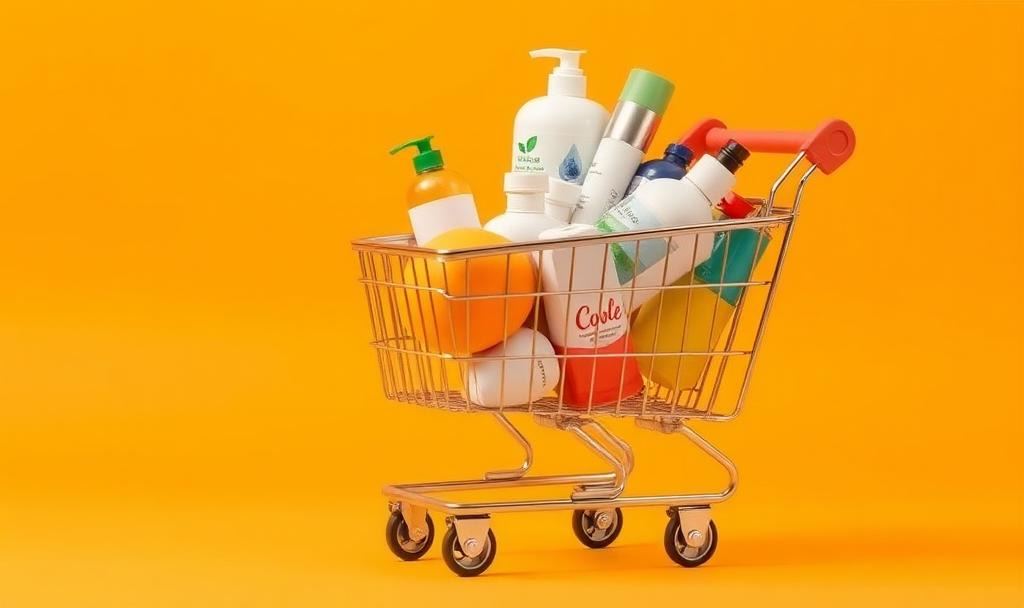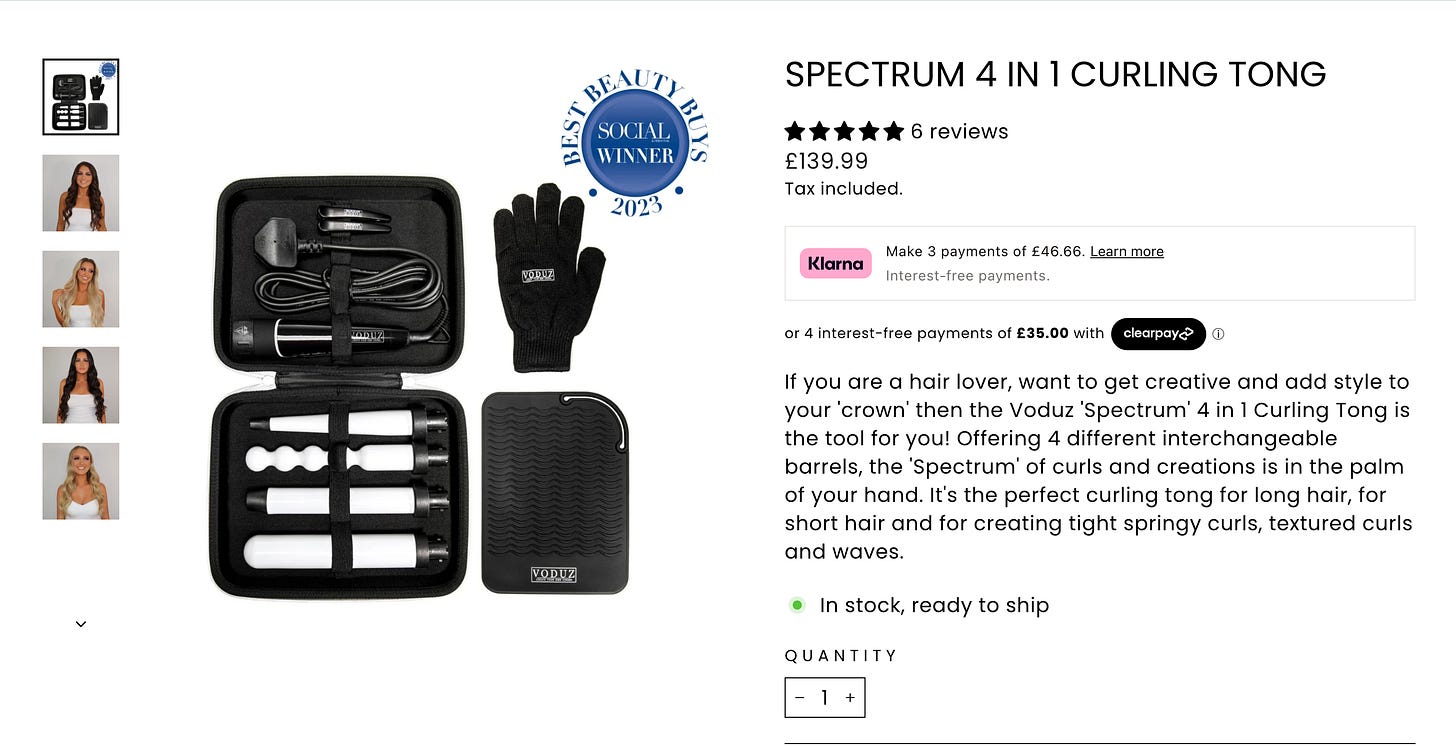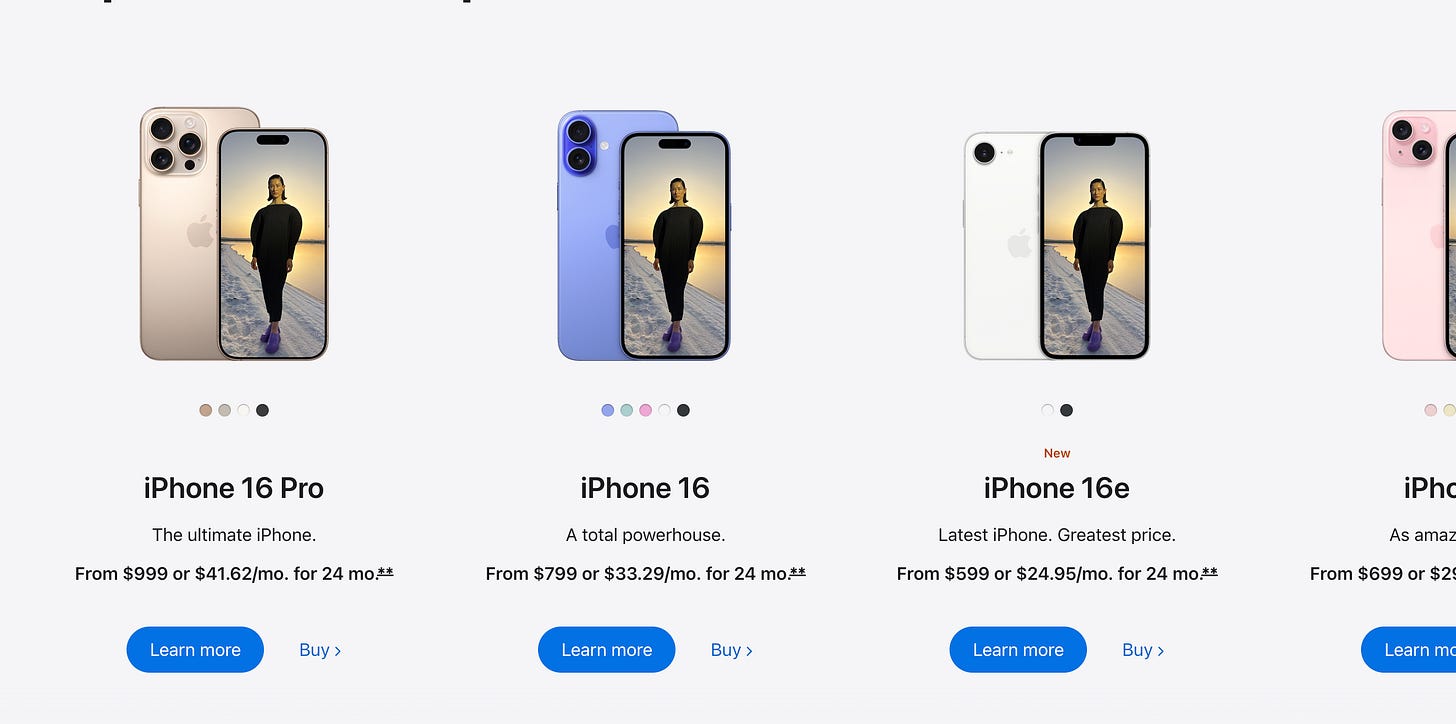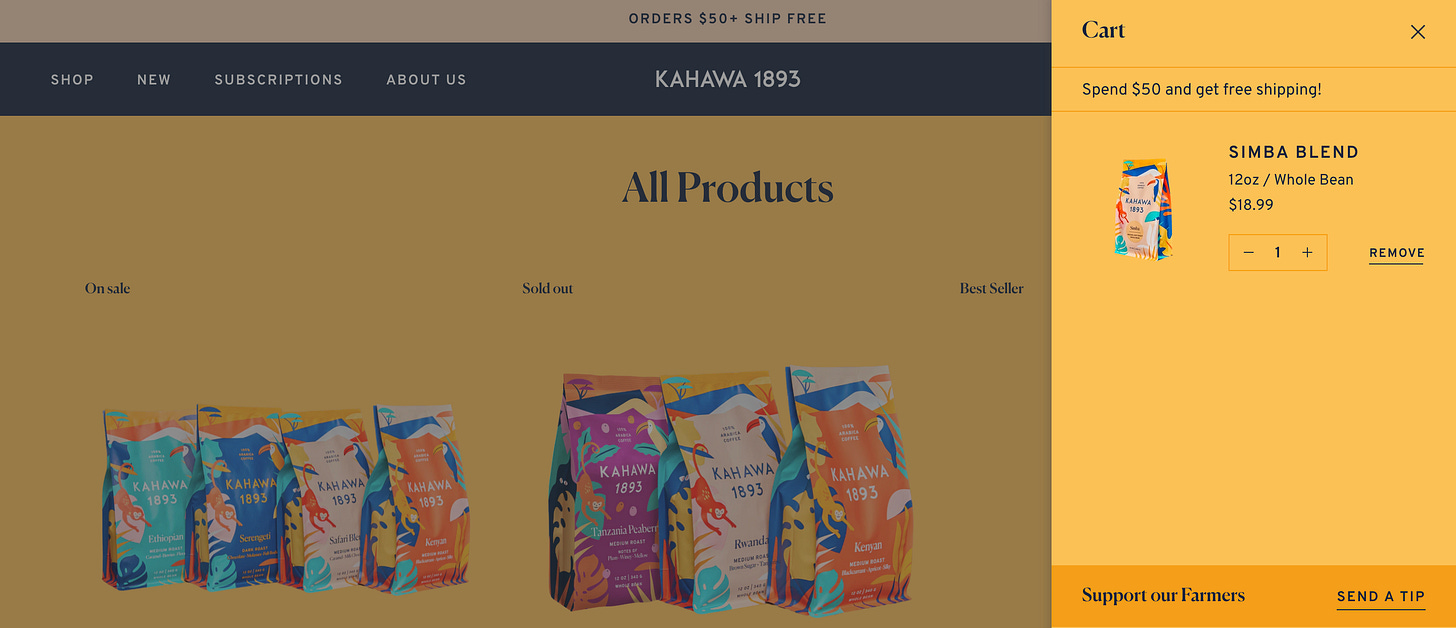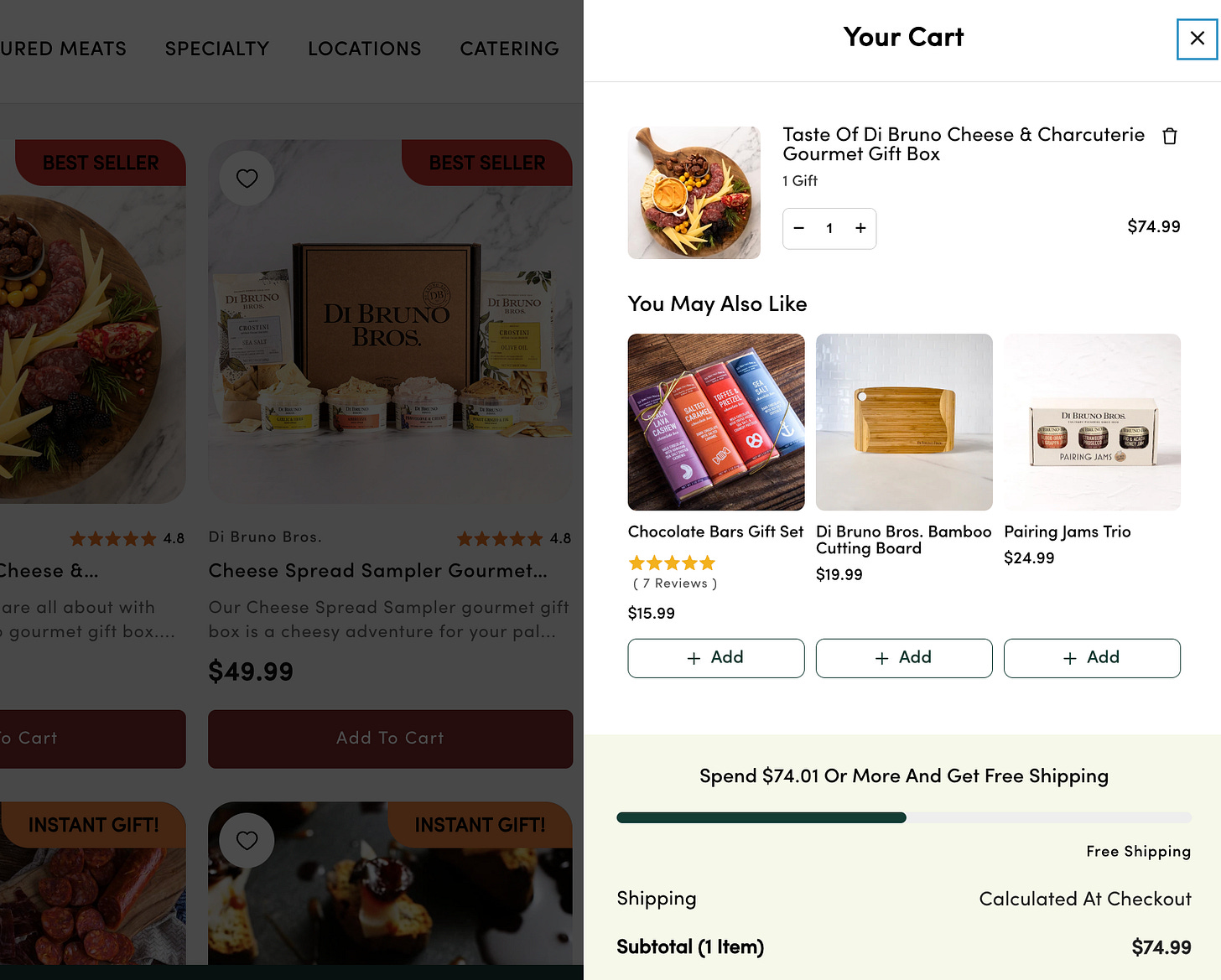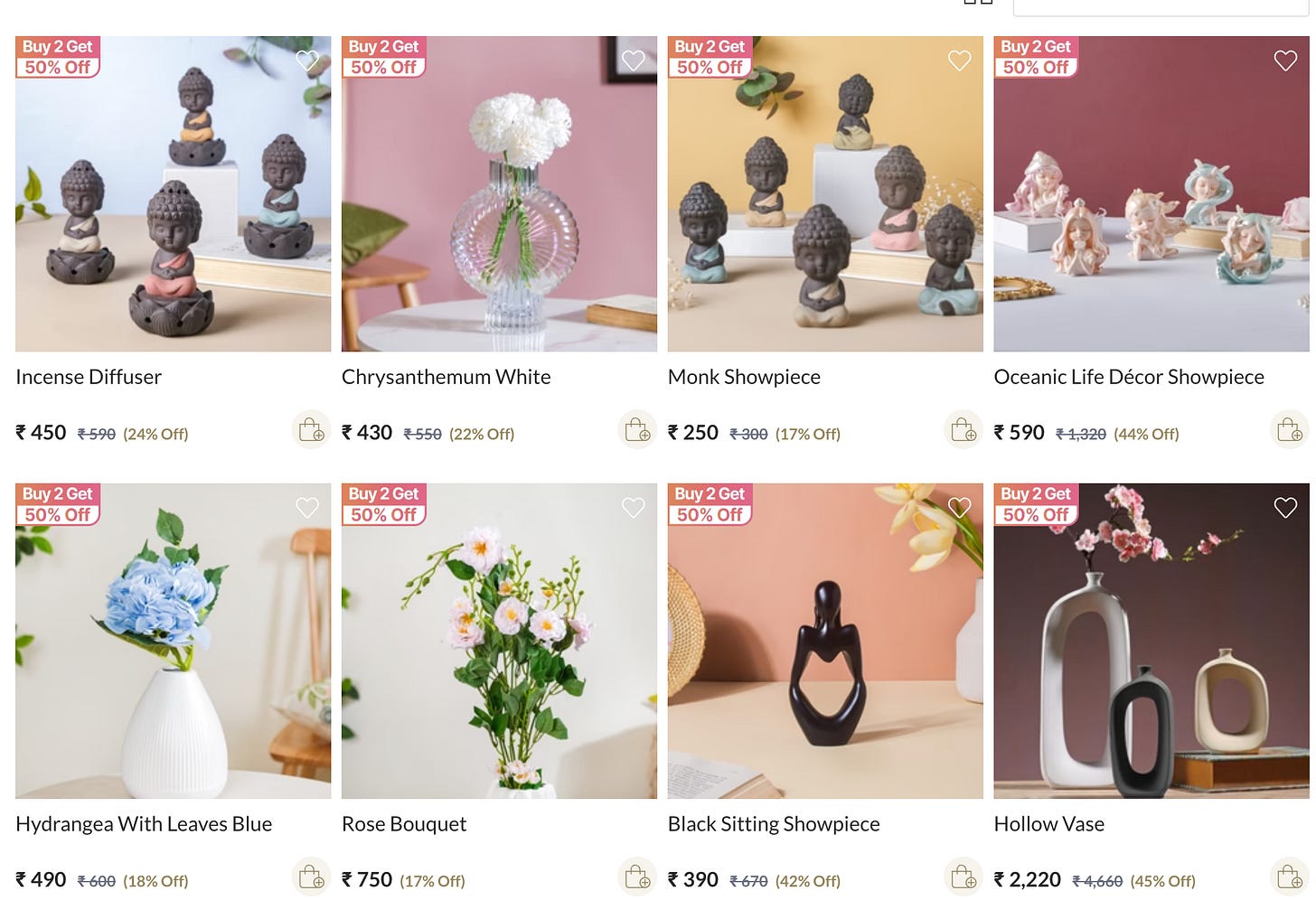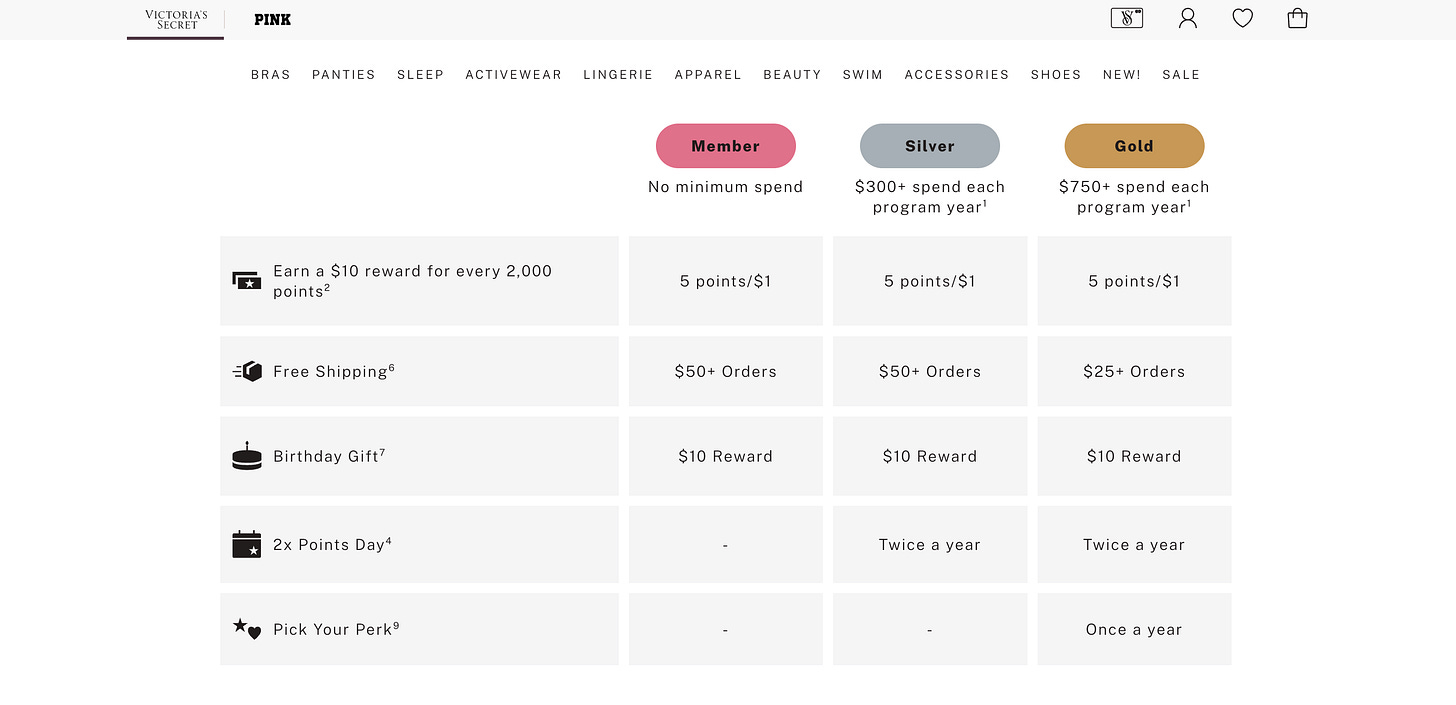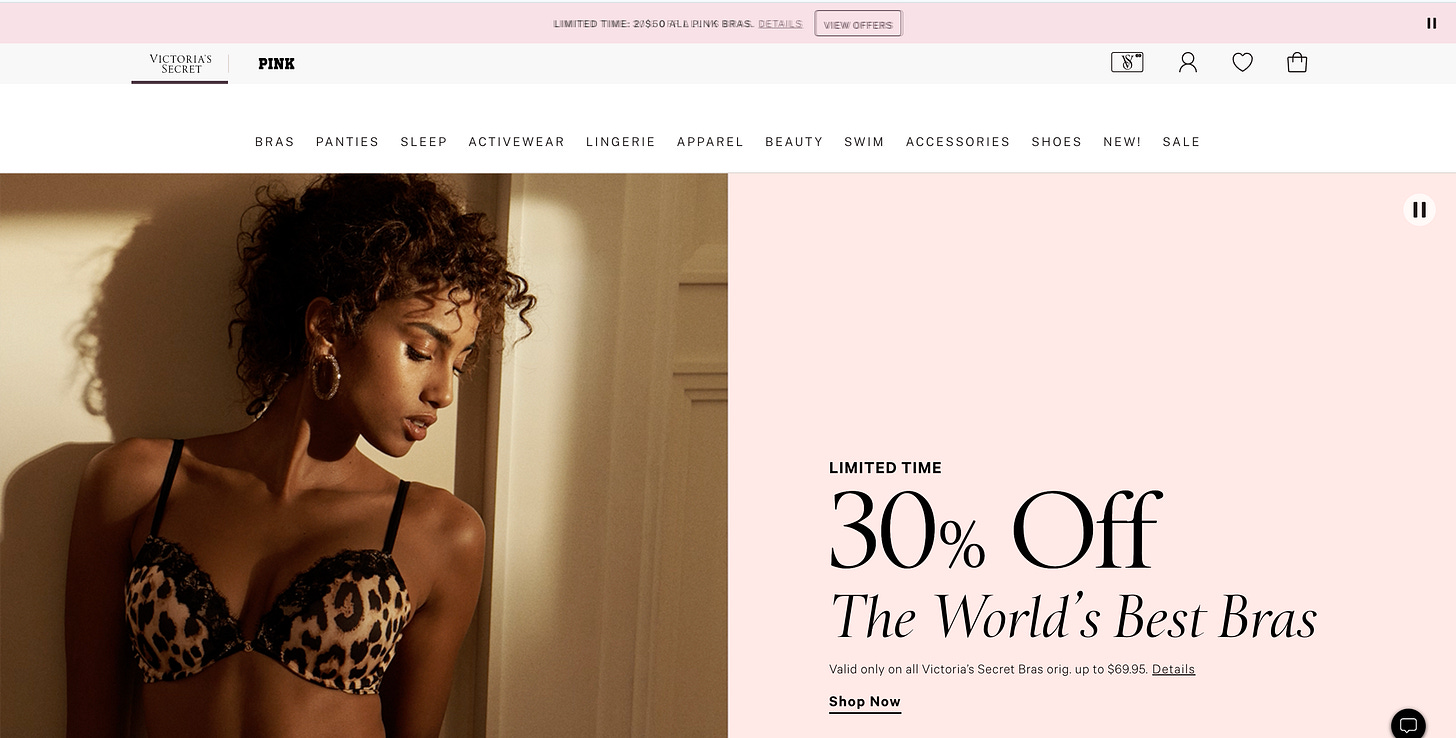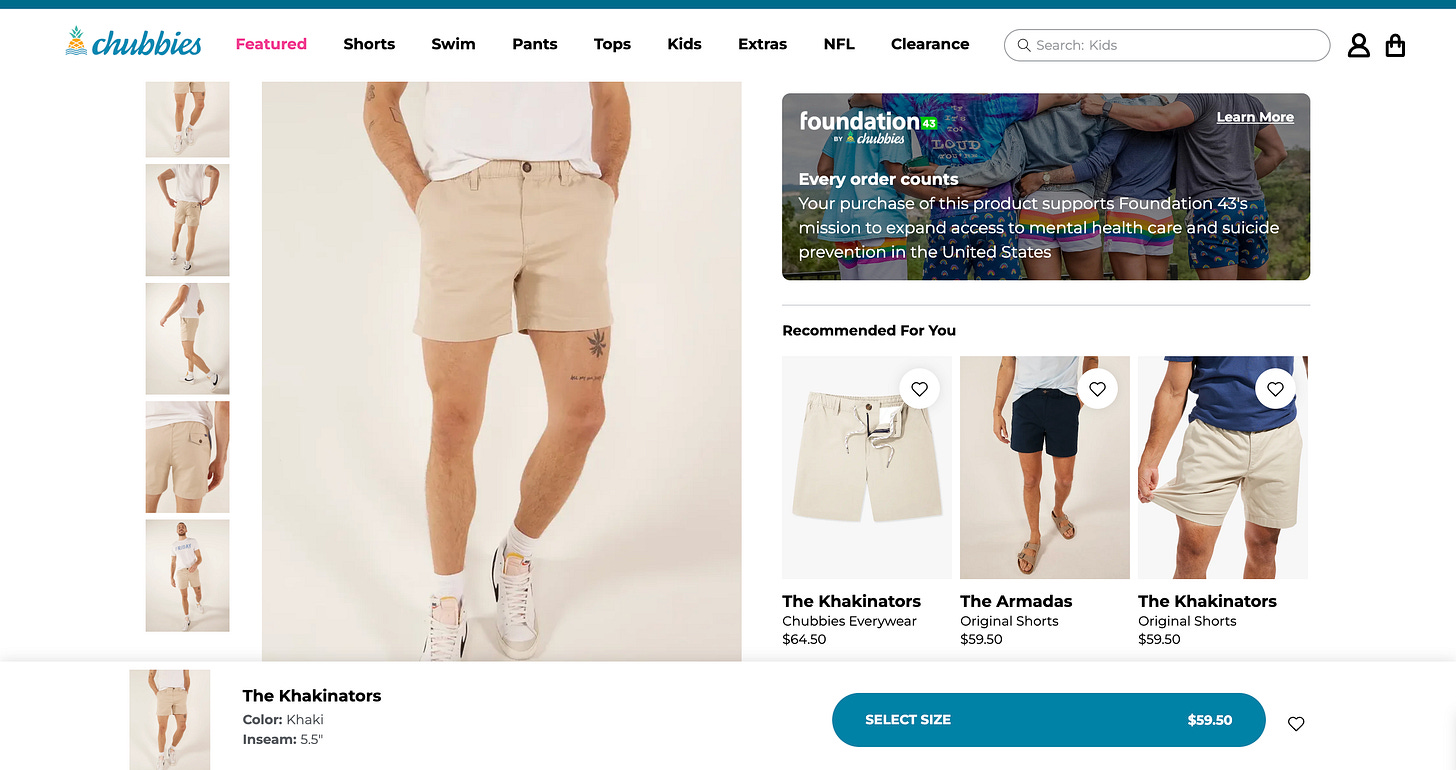8 Proven Strategies to Boost Average Order Value (AOV) for eCommerce Success
Tips to boost how much you earn per sale
Improving profitability without increasing traffic—it sounds too good to be true, doesn’t it? For eCommerce businesses, though, it’s entirely possible. The answer lies in Average Order Value (AOV). A well-optimized AOV allows online retailers to maximize revenue from every transaction, generating higher returns from the same customer base.
This blog outlines how you can calculate AOV, why it’s a strategic priority, and eight actionable strategies to increase it. Everything you need to level up profitability, broken down step-by-step.
What is Average Order Value (AOV)?
To put it simply, AOV measures the average dollar amount each customer spends per transaction on your eCommerce site. It’s a critical KPI for understanding purchasing behavior and how much your customers value your products.
AOV Formula
Here’s how to calculate AOV:
AOV = Total Revenue ÷ Total Number of OrdersFor example, if your online store generates $30,000 in sales from 600 transactions in a month, your AOV is $50.
But AOV isn’t just a number on a spreadsheet—it’s a glimpse into your customers’ mindset. A higher AOV suggests your customers see value in your offerings and are willing to spend more.
Why a Focus on AOV Makes Sense
Why should AOV matter for your eCommerce business? The answer lies in its direct impact on profitability and long-term sustainability. Here’s why increasing AOV is more effective than simply driving more traffic:
1. Higher Returns on Acquisition Costs
Every click and conversion costs money. Whether it’s digital ads, SEO, or email campaigns, acquiring customers requires effort and cash. By increasing AOV, you get more revenue from each customer, making your marketing spend work harder.
2. Minimal Operational Overheads
Higher AOV doesn’t necessarily mean more orders, which means shipping, packaging, and inventory-related costs remain constant. With larger orders, the incremental revenue goes straight to your bottom line.
3. Stability and Predictability
When customers make higher-value purchases, they’re psychologically more invested in your brand. This fosters loyalty and repeat business, laying the foundation for a more predictable revenue
Balancing AOV and Conversion Rates
Improving Average Order Value (AOV) can boost revenue, but overdoing upselling can hurt conversion rates. Excessive or irrelevant upselling tactics may overwhelm customers, leading to cart abandonment or disengagement. For example, if add-ons or bundles feel expensive, irrelevant, or disrupt the purchase flow, the experience can come across as pushy.
Balancing AOV growth with strong conversion rates requires a customer-first approach. Upsell offers should align with customer needs and be presented seamlessly and non-intrusively. By focusing on relevance and value instead of maximizing every transaction, businesses can grow AOV without sacrificing conversions.
8 Strategies to Increase AOV (and Examples to Implement Today)
1. Bundle Complementary Products
Create product bundles that offer a deal too good to resist. Bundling combines multiple products at a discounted price, making customers feel they’re getting more value for their money. For example, combining complementary items encourages customers to purchase more than they originally planned. This strategy not only enhances the perceived value for customers but also benefits the brand by increasing average order value (AOV) and overall profits. When done right, bundling creates a win-win: customers save, and your business grows.
Example: Selling self-care products? Create a “Relaxation Bundle” with a scented candle, a face mask, and a soothing bath soak at a discounted price.
2. Offer Premium Upgrades
Encourage customers to upgrade by offering them a premium version of the product they’re considering. Emphasize how the premium option provides additional features, improved performance, or enhanced benefits that make it a better overall choice. Highlight that this upgrade comes with only a minimal increase in price, giving them more value for their money and a higher-quality product without significantly impacting their budget.
The iPhone is a great example, when given the option to compare different versions, most people naturally gravitate toward the latest and most advanced model.
Example: If you’re selling headphones, promote a higher-end version with superior sound quality or noise cancellation.
3. Introduce Free Shipping Thresholds
Offering free shipping is a powerful way to encourage larger orders. Highlight this incentive with a clear, prominent message on your homepage and cart pages, showing customers how much more they need to spend to qualify. Set the threshold slightly above your current average order value (AOV) to effectively increase basket size while driving more sales.
The example below prominently displays the value required for free shipping sitewide and on the cart page.
Example: “Spend $75 or more and get free delivery!” If your current AOV is $60, this is a logical step.
4. Suggest Related Products at Checkout
Cross-selling done right can increase order totals without annoying customers. On the cart page, recommend smaller value items to help customers reach the free shipping threshold—perfectly complementing their original purchase. Keep it subtle and focused; the goal is to nudge them toward completing the purchase without overwhelming them. On product pages, suggest related items that align with the customer’s interest, making it easy for them to add more to their cart without leaving the checkout process.
Example: If a customer buys a coffee maker, suggest high-end coffee beans or a stainless-steel milk frother.
5. Use Volume Discounts
Encourage customers to make larger purchases by offering savings tied to quantity. This strategy rewards shoppers for buying more by giving them greater discounts as they increase their order size. Not only does this provide an incentive for customers to add more items to their cart, but it also boosts their total cart value, benefiting both the shopper and your business. It's a win-win approach to drive sales and customer satisfaction.
Example: Offer deals like:
Buy 2 items, get 10% off.
Buy 3 or more items, get 20% off + a free gift.
6. Create Tiered Loyalty Programs
Reward your best customers by offering exclusive benefits for higher spending levels, such as discounts, free products, or VIP access to services. These incentives create a sense of exclusivity and appreciation, encouraging customers to spend more in order to unlock these exciting rewards. This not only helps improve customer lifetime value (LTV) by increasing their overall spend but also strengthens loyalty and boosts user retention, as customers are more likely to stick with a brand that recognizes and rewards their loyalty
.
Example: Earn points for every dollar spent, with tiers like Bronze, Silver, and Gold providing increasing discounts or free items.
7. Tap Into FOMO with Limited-Time Offers
Urgency has a powerful effect on decision-making, often driving people to act quickly. Limited-time offers tap into this psychological trigger by creating a sense of scarcity, encouraging customers to make a purchase now rather than risk missing out later. This approach not only boosts immediate sales but also creates excitement and motivates faster decision-making.
Example: “Today only—Add any two skincare products to your cart and save 30%!”
8. Provide Personalized Recommendations
Leverage customer purchase data to provide personalized recommendations by analyzing their order history or browsing patterns. By understanding their preferences and habits, you can suggest complementary items or new products that align with their interests, enhancing their shopping experience and driving additional sales.
Example: “Other customers who bought this book also purchased this desk lamp and memo pad.”
Real-Life Examples of AOV Mastery
Amazon’s Upselling and Cross-Selling
Amazon, the eCommerce behemoth, owes a significant chunk of its revenue to cross-selling (“Customers who bought this also bought…”) and upselling tactics (“Upgrade to Kindle Unlimited”). Their success here demonstrates the massive impact thoughtful recommendations can have on AOV.
The Power of Free Shipping Incentives
Research shows that 73% of customers are more likely to buy something additional just to qualify for free shipping. This simple yet effective strategy continues to drive increased AOV for countless businesses.
Start Small but Scale Strategically
Improving AOV isn’t about upselling customers for the sake of it. It’s about offering value. Create bundles, suggest complementary items, or add value through rewards—all while genuinely helping customers.
Start by experimenting with one or two strategies listed here. Track the results and make adjustments as needed. Tools like Google Analytics, Shopify, or Aixel can help monitor AOV trends, giving you concrete data.
Ready to Optimize Your online store with AI?
Tired of guessing and ready to start seeing real, measurable results? Aixel is building the future of conversion rate optimization, one intelligent insight at a time. Aixel helps you stay on top of your store performance and provides you with AI-driven insights to pinpoint exactly where you're losing customers and what to do about it.
Join the waitlist at Aixel.io today and be among the first to experience the power of AI for your eCommerce conversion optimization.



